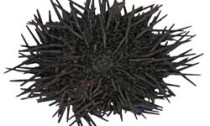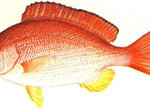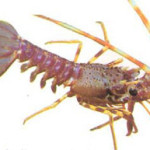
Echinometra lucunter
Sea urchins are often used as indicator organisms in public aquariums to determine whether the system is functioning properly. These organisms are extremely sensitive to water conditions and are first to show signs of stress, seen when their spines are laid down or are shed.
Warning! Some sea urchins are covered with sharp venom-filled spines that can easily penetrate and break off into the skin – even through a wetsuit. The DAN (Divers Alert Network) website contains useful information on how to handle the unfortunate effects of accidental brushes with these and other poisonous marine organisms.
Check out www.diversalertnetwork.org for any information that you need.
Sea urchins (echinoderms) are a group of marine invertebrates that can be found in almost every major marine habitat from the poles to the equator and from the inter-tidal zone to depths of more than 5,000 metres.
There are around 800 extant species and the group has a long and detailed fossil record stretching back many millions of years. All echinoderms have tube-feet and these play a very important role in feeding and respiration. Echinoderms move by means of spines and climb and cling on to hard substrata by means of their tube-feet.
The spines also offer the primary means of defence. Sea urchins feed in a variety of ways. They have a powerful internal jaw and graze on algae or sedentary organisms. The Black Sea Urchin grows to a diameter of 2 inches, and ranges in colour from red to brown and black. It has large, sharp spines about 3/4 inch long.
This urchin can be found in burrows in the rocks that are created by the scraping action of its teeth.








Social Profiles